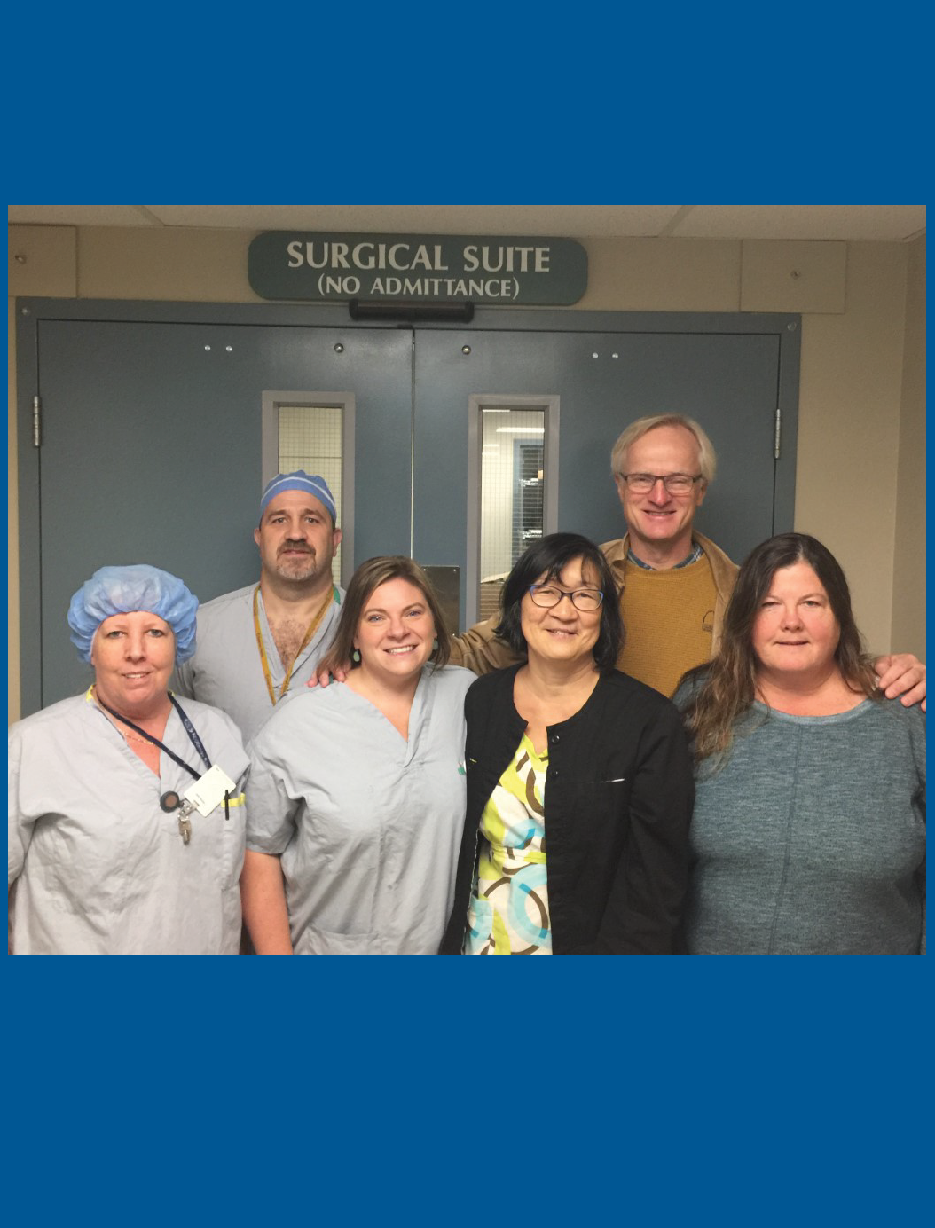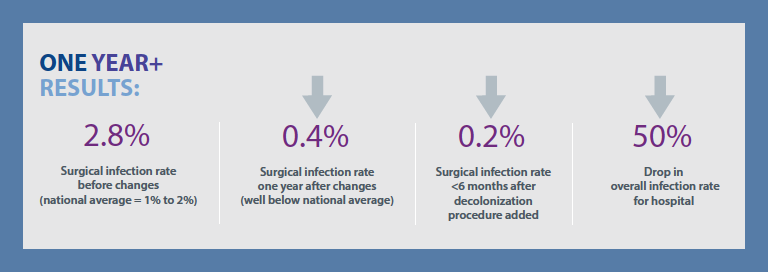
"There is no doubt that the most important component was the engagement of everyone in the hospital – no one was left out." – Dr. Michel Hjelkrem
Infection rates too high
Dr Michel Hjelkrem, an orthopedic surgeon at Kootenay Boundary Regional Hospital wanted to reduce their surgical infection rates.
At the time (before the pandemic), infection rates were about 2.8%, compared to the national average of 1% to 2%.
Engaging the entire hospital to identify changes
With support from Facility Engagement, Dr. Hjelkrem and his physician colleagues initiated discussions to engage the entire hospital - from specialists and managers, to nurses and students, to cleaners and engineers – to join the effort.
Taking action: site upgrades, clinical processes
The hospital upgraded its ventilation systems, cleaned air ducts in four ORs, installed a HEPA filtration system and improved control of room temperature, humidity and pressure.
Dr Hjelkrem and his team worked with GPs to optimize patients' health and risk factors prior to surgery. Other processes included sterilizing the patient's nose pre-op, and isolating recovering patients from infectious patients.
Result and impact: significant drop in infection rates
The infection rates dropped much below the national average, to 0.4% after just one year – and less than six months after the procedure to sterilize pre-op patients was implemented – the infection rate dropped again to 0.2%.
As a lot of actions taken weren’t confined strictly to orthopedics – the overall infection rate for the hospital also dropped by 50%.

LEARN MORE: Go to full article
![]()
 |
 |
 |

